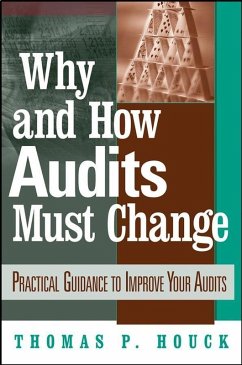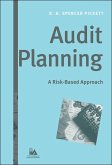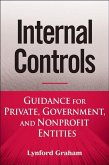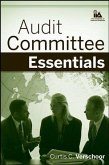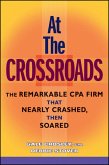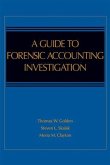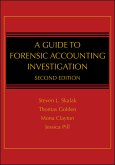Here are the essential steps that accounting firms must taketo improve audit quality. The author provides detailed coverage ofimportant topics such as risk-based auditing techniques, analyticalprocedures, technology, and internal controls. After explaining whyfrequently used audit approaches are inadequate for detectingmaterial fraud, the author: * Provides specific and practical guidance to help auditorsconduct higher quality audits * Offers guidance to financial executives on ways to evaluatetheir independent audits * Describes the steps that accounting firms must take toimplement these much-needed changes Order your copy today!
Dieser Download kann aus rechtlichen Gründen nur mit Rechnungsadresse in A, B, BG, CY, CZ, D, DK, EW, E, FIN, F, GR, HR, H, IRL, I, LT, L, LR, M, NL, PL, P, R, S, SLO, SK ausgeliefert werden.

